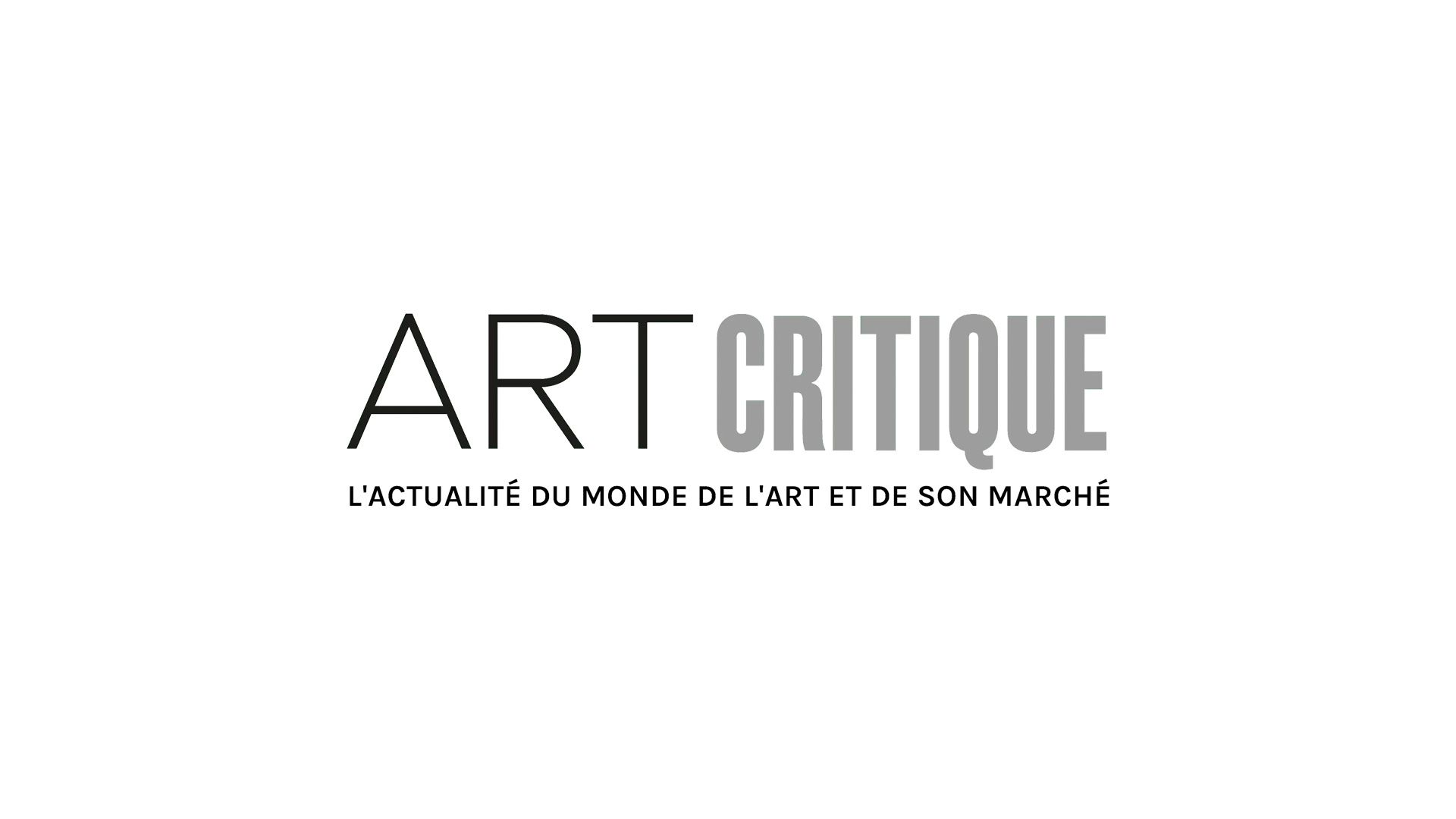In a few short months, Ghana will make its debut appearance in the Venice Biennale with a spectacular selection of artists. Felicia Abban, John Akomfrah, El Anatsui, Ibrahim Mahama, Selasi Awusi Sosu, and Lynette Yiadom-Boakye are the six artists representing the country for their first pavilion in the 58th edition of the esteemed collection of exhibitions. The exhibition will also bear the name of a 1957 song by E.T. Mensah, written just before the nation gained its independence in the same year: ‘Ghana Freedom.’
The artists, spanning generations and ranging from the well-known to the up-and-coming of our time, representing the country will be led by an all-star cast of figures as well. Nana Oforiatta Ayim, who played a significant role in the creation of the Ghana pavilion, will serve as curator for the show. Okwui Enwezor, curator and organizer of the 2015 edition of the Venice Biennale, will strategically advice the show and has also been installed as Ghana’s Ministry of Tourism, Arts, and Culture. Enwezor previously served as the director of Munich’s Haus der Kunst. Finally, David Adjaye, the British-Ghanaian who designed the Museum of African American History and Culture in Washington DC and has dedicated his work to proliferating African architecture of today, has designed the pavilion.
In a statement, Catherine Afeku, head of Ghana’s Ministry of Tourism, Arts, and Culture said: ‘This is a historic moment for us in Ghana […] Arts and culture are the very soul of a nation, and with our maiden entry to the Venice Biennale, under the leadership of His Excellency, Nana Addo Dankwa Akufo-Addo [the president of Ghana], I can say, we have arrived.’
Ghana’s pavilion is all the more significant in the climate of today’s art world and geopolitical environment. ‘The conversation about nations is broadening in the face of issues of migrations; of us redefining our connections to our diasporas throughout our “year of return”; of discussing what it might mean to have our cultural objects returned, and how we thus might redefine ourselves in the world; and of finally moving out of the “postcolonial” moment into one we have yet to envision,’ said Oforiatta Ayim.
Having started out taking portraits in the 1950s, Abban continued her work and is often thought of as Ghana’s first female photographer. However, her works weren’t shown in a museum until 2017 when Oforiatta Ayim showcased her photographs in her ANO art space.
Akomfrah’s contribution to the pavilion will come in the form of a three-channel projection film centering on notions of post-colonialism and the African diaspora. He also contributed to the 2015 Biennale and has since held an impressive survey in New York.
Working with simple materials, Anatsui creates elaborate sculptures focusing on topics of consumption and colonialism. Among a number of shows and honours, in 2015, Anatsui received the Golden Lion award for Lifetime Achievement during the Venice Biennale.
Mahama is well-known for his moving installations featuring jute coal sacks sewn together covering large large spaces. Mahama, like Akomfrah and Anatsui, is returning contributor after having participated in the 2015 exhibition.
Last year, Sosu participated in a group show titled ‘Tracing Obsolescence’ at New York’s Apexart and organized by Evelyn Owen. Closely watched as an emerging artist, her works often combine video, sound, installation, and sculptures.
Yiadom-Boakye, who recently won the Carnegie Prize after exhibiting in Pittsburgh’s 2018 Carnegie International, has made a name for herself through the captivating portraits she paints. In 2017, the New Museum held a solo show for her works while a show spanning two venues at the Jack Shainman Gallery just wrapped up.





